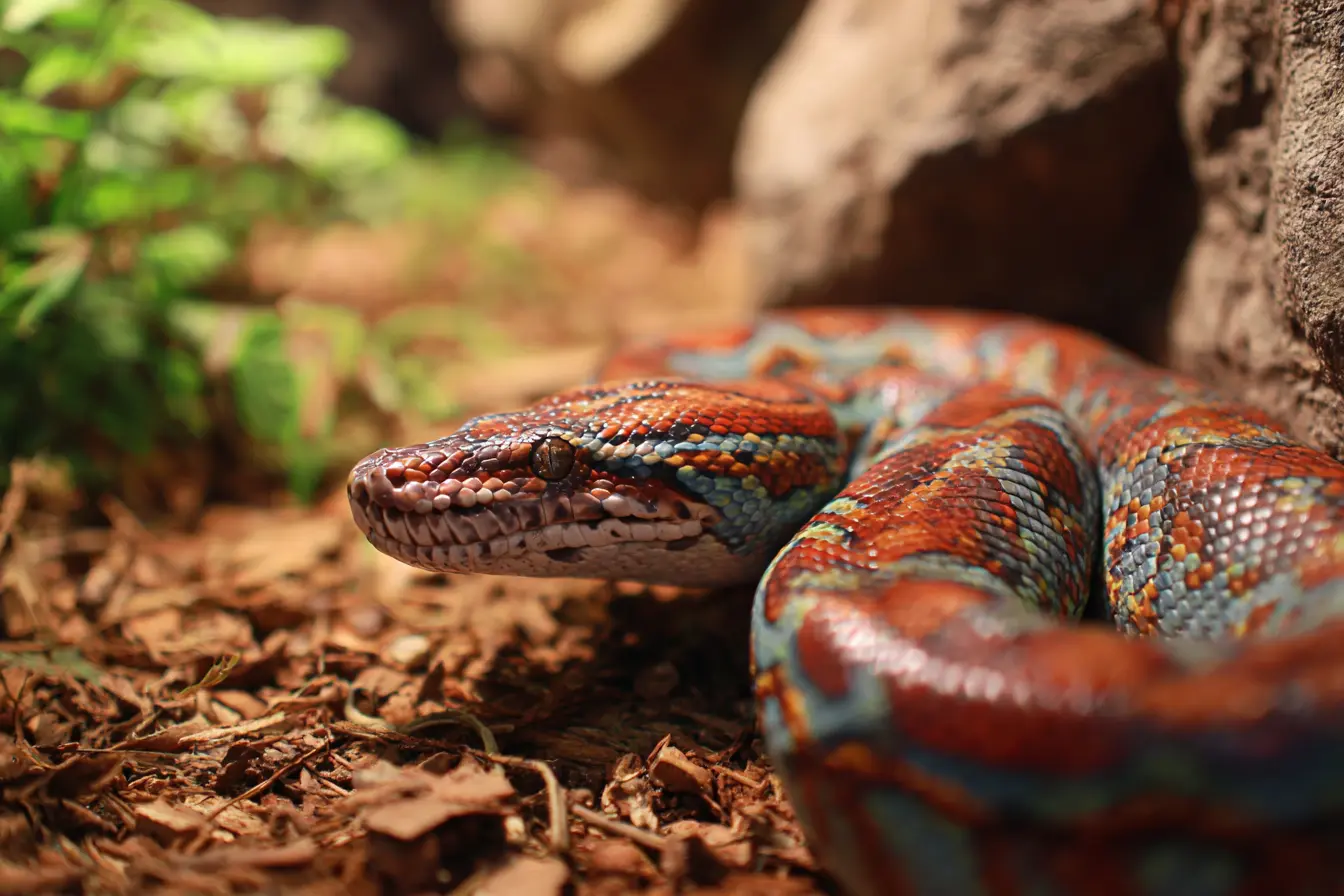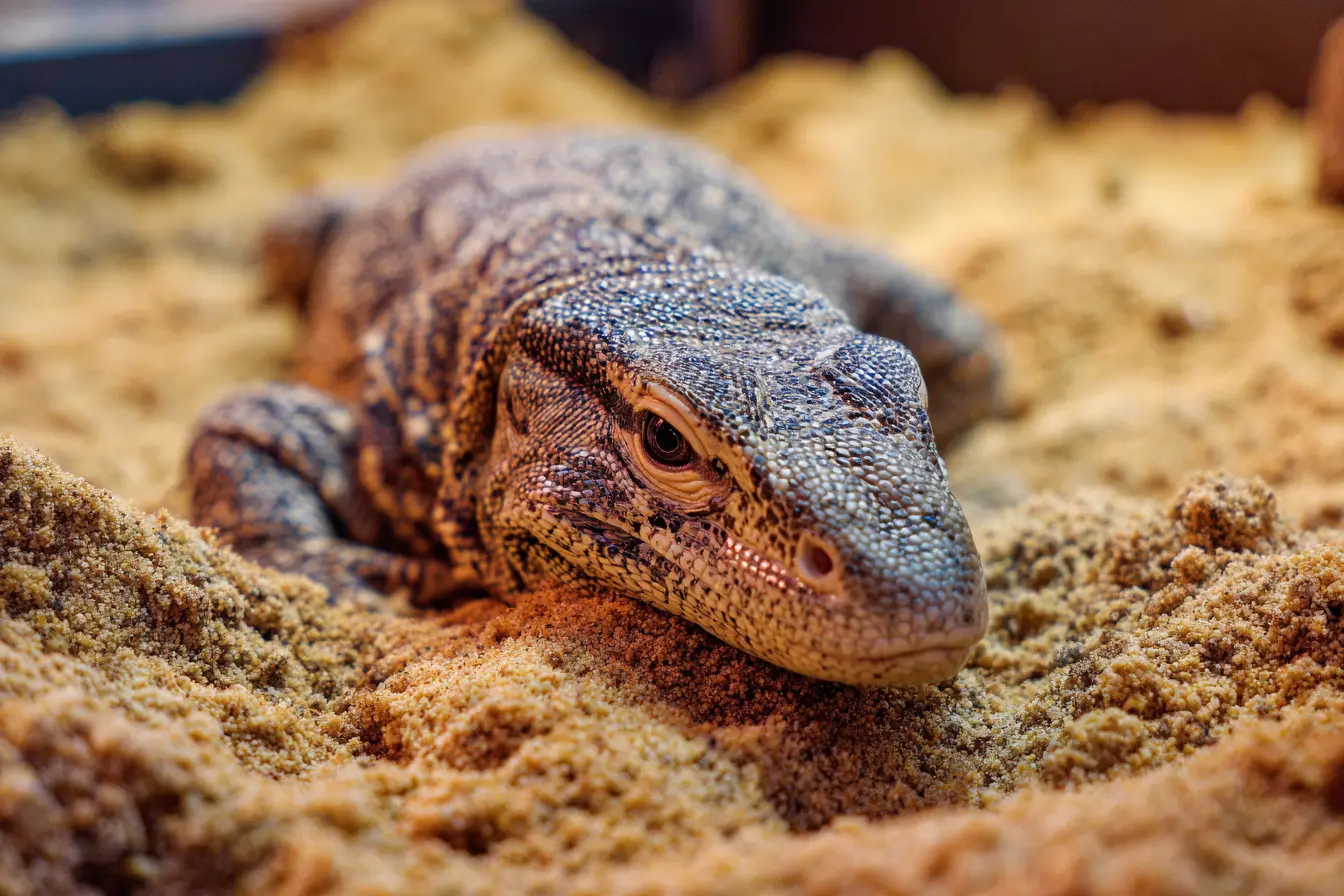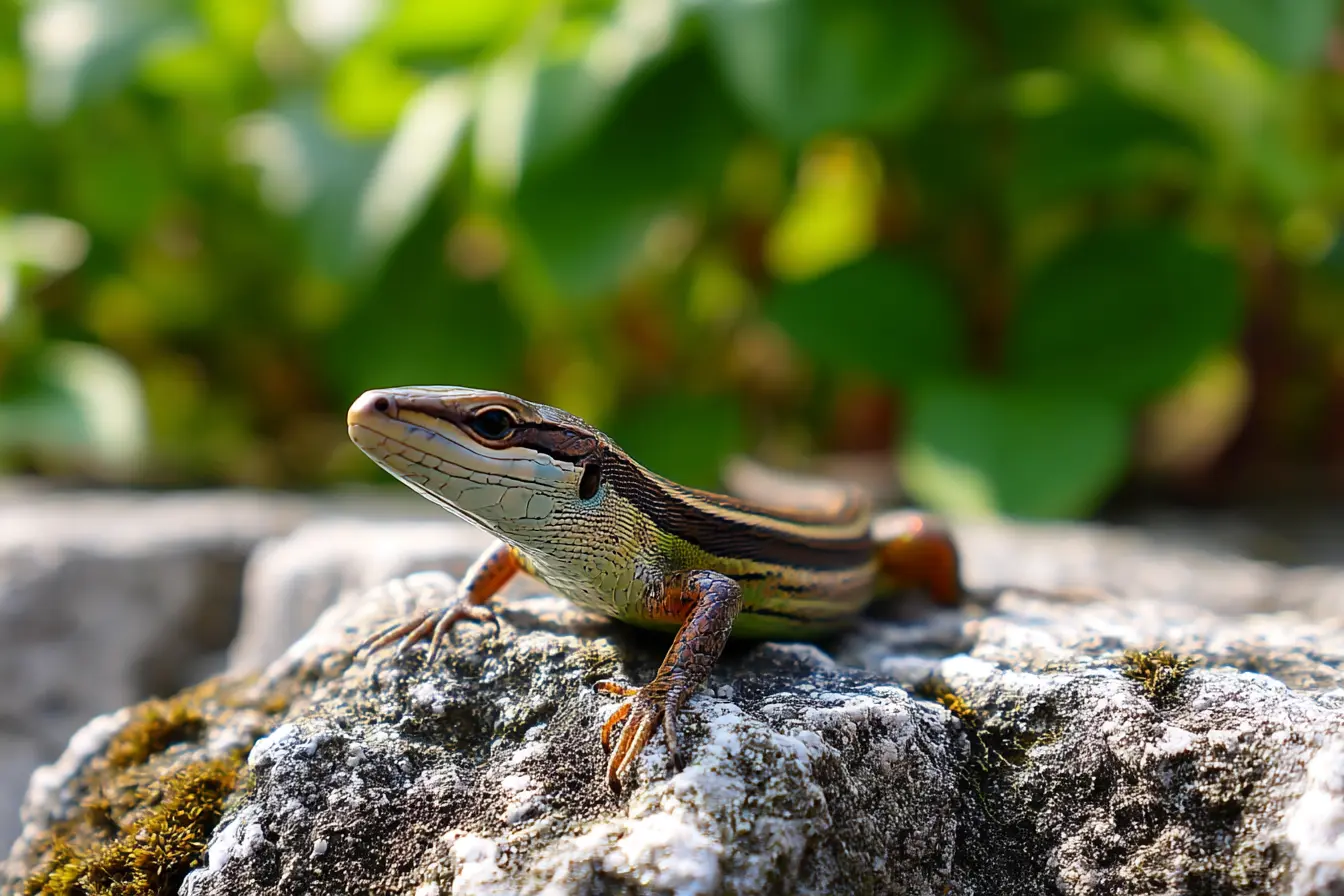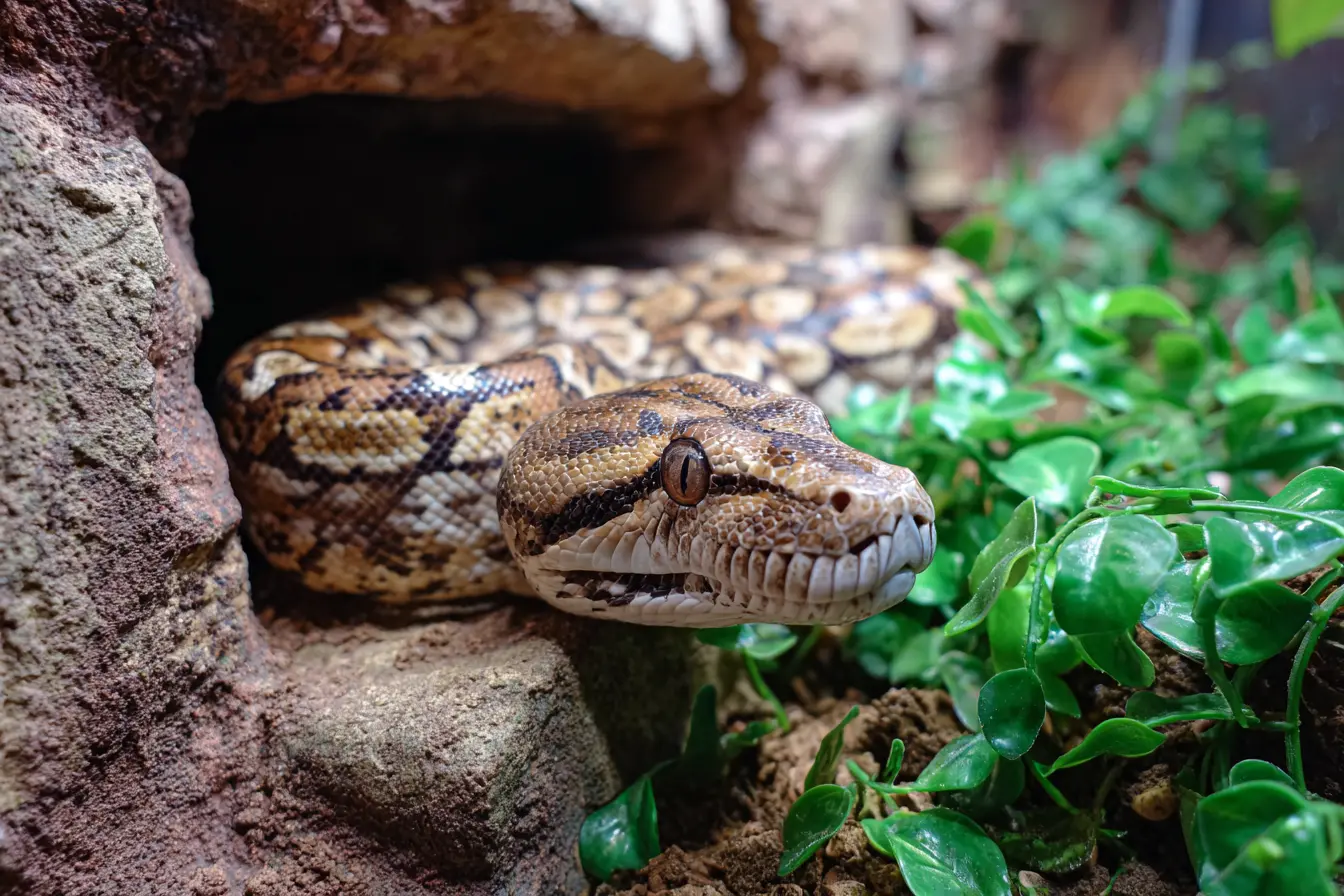
Considering a Brazilian Rainbow Boa? What You Need to Know Before Bringing One Home
The Brazilian rainbow boa is a showstopper in the reptile world, renowned for its iridescent sheen, rich colouration, and manageable size. Its dazzling beauty and generally calm nature make it a favourite among intermediate snake keepers looking for something both exotic and rewarding. However, like all reptiles, it has specific care requirements that must be understood before bringing one home. Here’s what you need to know about keeping a Brazilian rainbow boa in the UK.
Introduction to Brazilian Rainbow Boas
Brazilian rainbow boas (Epicrates cenchria cenchria) are native to the humid forests of the Amazon Basin, primarily in Brazil. They are named for the rainbow-like iridescence of their scales, which reflects light in a stunning array of colours.
These snakes usually grow to between 1.5 and 2 metres (5 to 6.5 feet) in length, with a slender but muscular body. Their deep red or orange base colouring and dark circular saddle markings make them one of the most visually striking snakes in the world.
Legal Requirements in the UK
No Licence Needed
Brazilian rainbow boas are not listed under the Dangerous Wild Animals Act 1976, so no special licence is required to keep one in the UK. However, you are still responsible for meeting high welfare standards under the Animal Welfare Act 2006.
Source Responsibly
Choose a captive-bred individual from a reputable breeder or specialist reptile shop. Wild-caught specimens are not only unethical but often come with health and temperament issues. Captive-bred rainbow boas are generally healthier and easier to acclimate.
Setting Up the Ideal Habitat
Enclosure
- Size: A vivarium of at least 120 x 60 x 60 cm (4 x 2 x 2 ft) is recommended for an adult. Hatchlings can be kept in smaller enclosures but should be upgraded as they grow.
- Type: Use a well-sealed enclosure to maintain proper humidity. Glass or PVC setups with front-opening doors and secure ventilation work well.
- Furnishing: Include multiple hides, climbing branches, cork bark, and artificial or real plants to provide enrichment and a sense of security.
Temperature and Humidity
- Temperature Gradient: Maintain a warm end of 30–32°C (86–89°F) and a cool end of around 24°C (75°F). Night temperatures can drop slightly to around 22°C (72°F).
- Humidity: This species thrives in high humidity — aim for 75–90%. Mist regularly, use moisture-retaining substrates like coconut husk or cypress mulch, and include a large water bowl.
Lighting
UVB is not essential but may be beneficial for overall wellbeing. Provide a consistent light cycle of 12 hours light and 12 hours dark.
Diet and Nutrition
Brazilian rainbow boas are carnivores and primarily eat small mammals.
- Feeding Schedule: Juveniles should be fed every 5–7 days; adults every 10–14 days.
- Prey Size: Offer prey no larger than the thickest part of the snake’s body. Mice and rats are the most common choices.
- Feeding Tips: Use tongs to offer frozen-thawed prey to reduce the risk of bites and injury.
Avoid overfeeding, as this species is prone to obesity if kept too warm or fed too frequently.
Health Considerations
While relatively hardy when kept correctly, Brazilian rainbow boas are sensitive to husbandry errors:
- Respiratory infections from low humidity or poor ventilation
- Scale rot from overly damp, unclean substrate
- Mouth rot and parasitic infections, particularly in wild-caught or poorly kept individuals
- Shedding issues due to low humidity
Regular checks and clean husbandry are essential. Find a reptile-experienced vet for routine health care and emergencies.
Handling and Behaviour
Brazilian rainbow boas can be a pleasure to handle once they are settled and accustomed to human interaction.
- Handling Approach: Start with brief, calm handling sessions after your snake has fed and adjusted to its new environment. Support the snake fully and handle with confidence.
- Temperament: Captive-bred individuals are generally docile and curious, though juveniles may be a bit flighty or defensive at first. With time and patience, most settle down well.
Avoid excessive handling during shedding or after feeding, as this can cause stress.
Conclusion
The Brazilian rainbow boa is one of the most beautiful and rewarding snakes in the reptile hobby. With their striking looks, manageable size, and generally calm disposition, they make excellent pets for keepers ready to meet their specific humidity and environmental needs. If you’re prepared to invest in the right setup and care, a Brazilian rainbow boa can be a long-lived and mesmerising companion — and a true jewel of the rainforest in your own home.
Related Vets
Vets near you
Speciality vets
- Aquatics vet specialists
- Birds vet specialists
- Camelids vet specialists
- Cats vet specialists
- Cattle vet specialists
- Deer vet specialists
- Dogs vet specialists
- Equines vet specialists
- Exotic vet specialists
- Goats vet specialists
- Pigs vet specialists
- Poultry vet specialists
- Sheep vet specialists
- Small Mammals vet specialists
- Wild vet specialists










